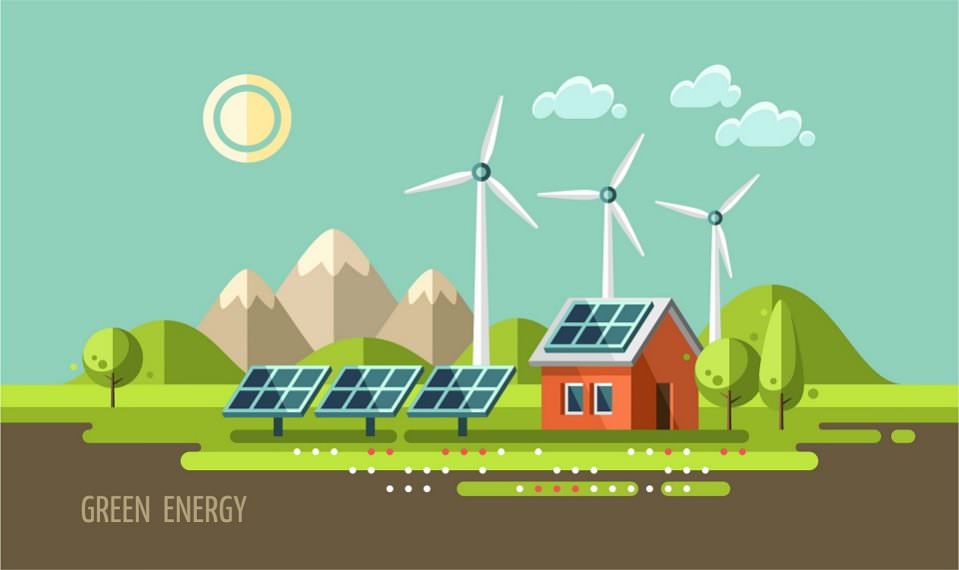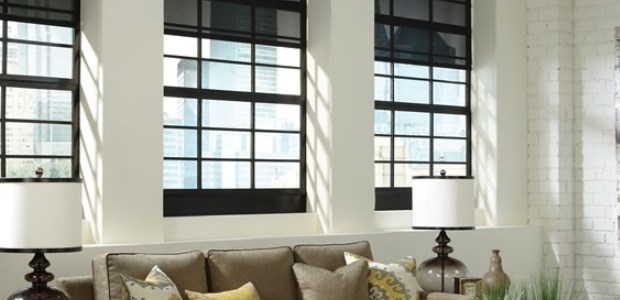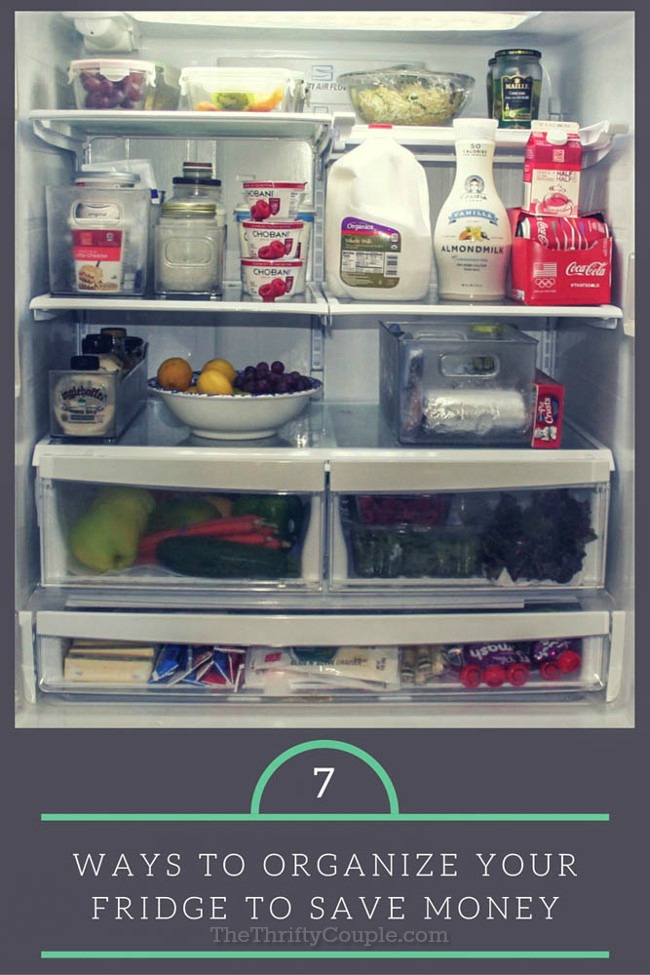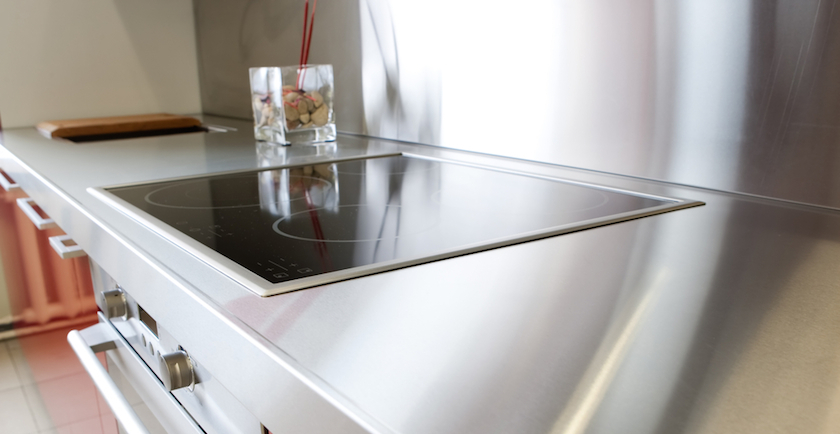Going Green: What Should You Do with Your Old Phone? - Mother Earth News

When it comes to today’s smartphones, there’s always a shiny, newer device out there to tempt you. Most phones should last at least four to six years, but with technology moving so fast, it’s not uncommon to feel like your two-year-old device is obsolete.
Thankfully, smartphones are one of the easiest electronics to recycle, and there are many ways to put your old phone to good use. If you’re looking to upgrade, keep the “three Rs” in mind when disposing of your old device.
Read the full article here.













